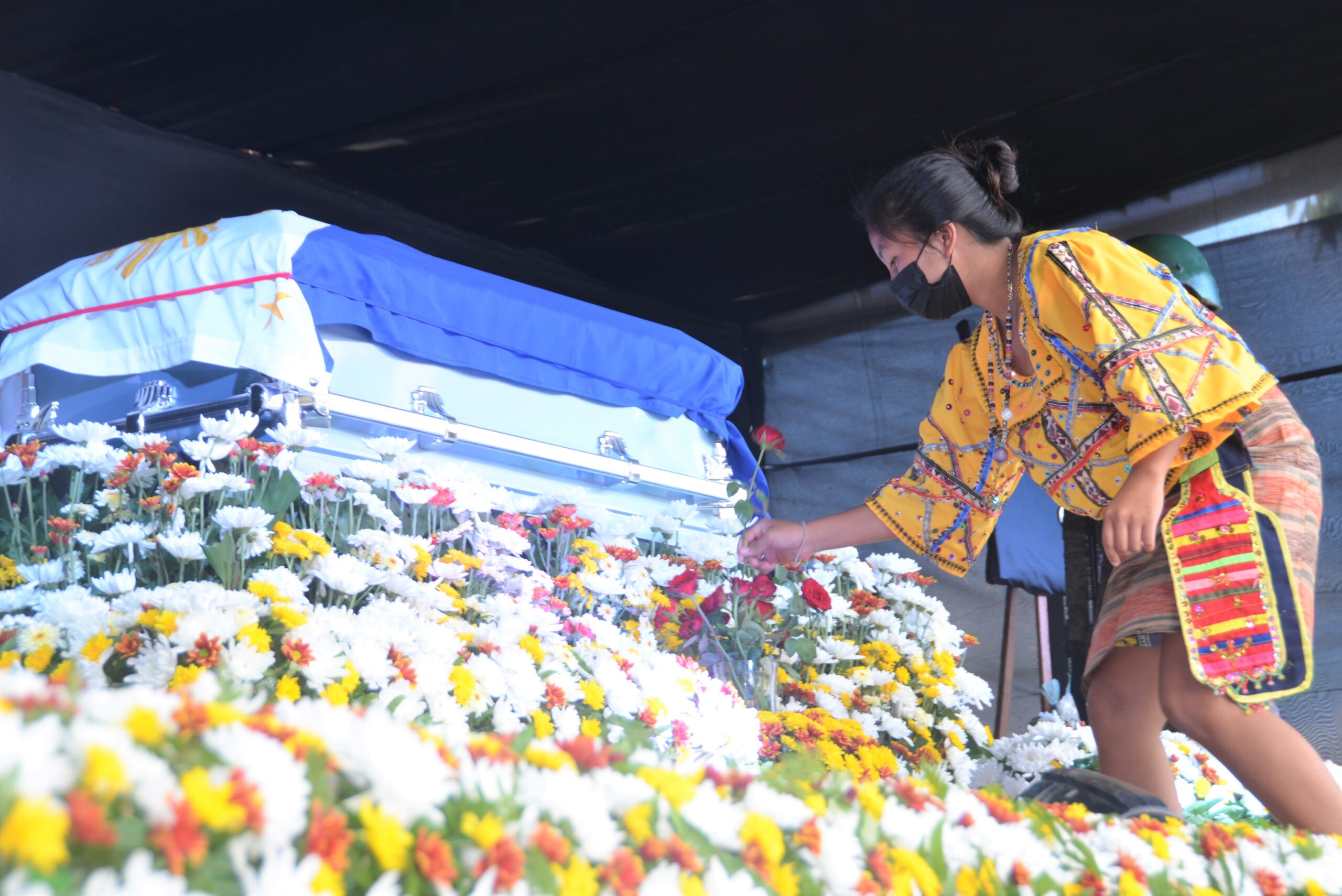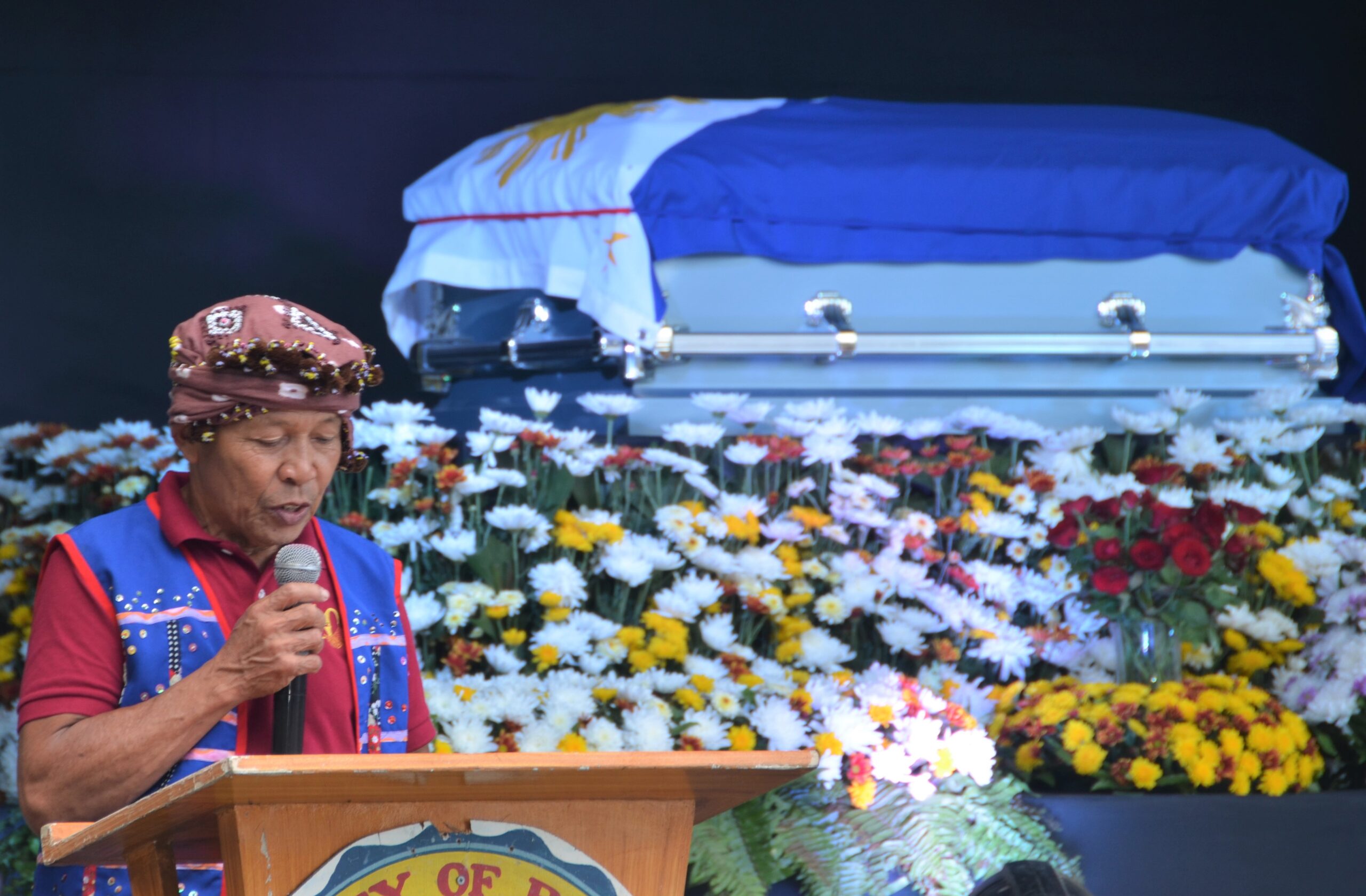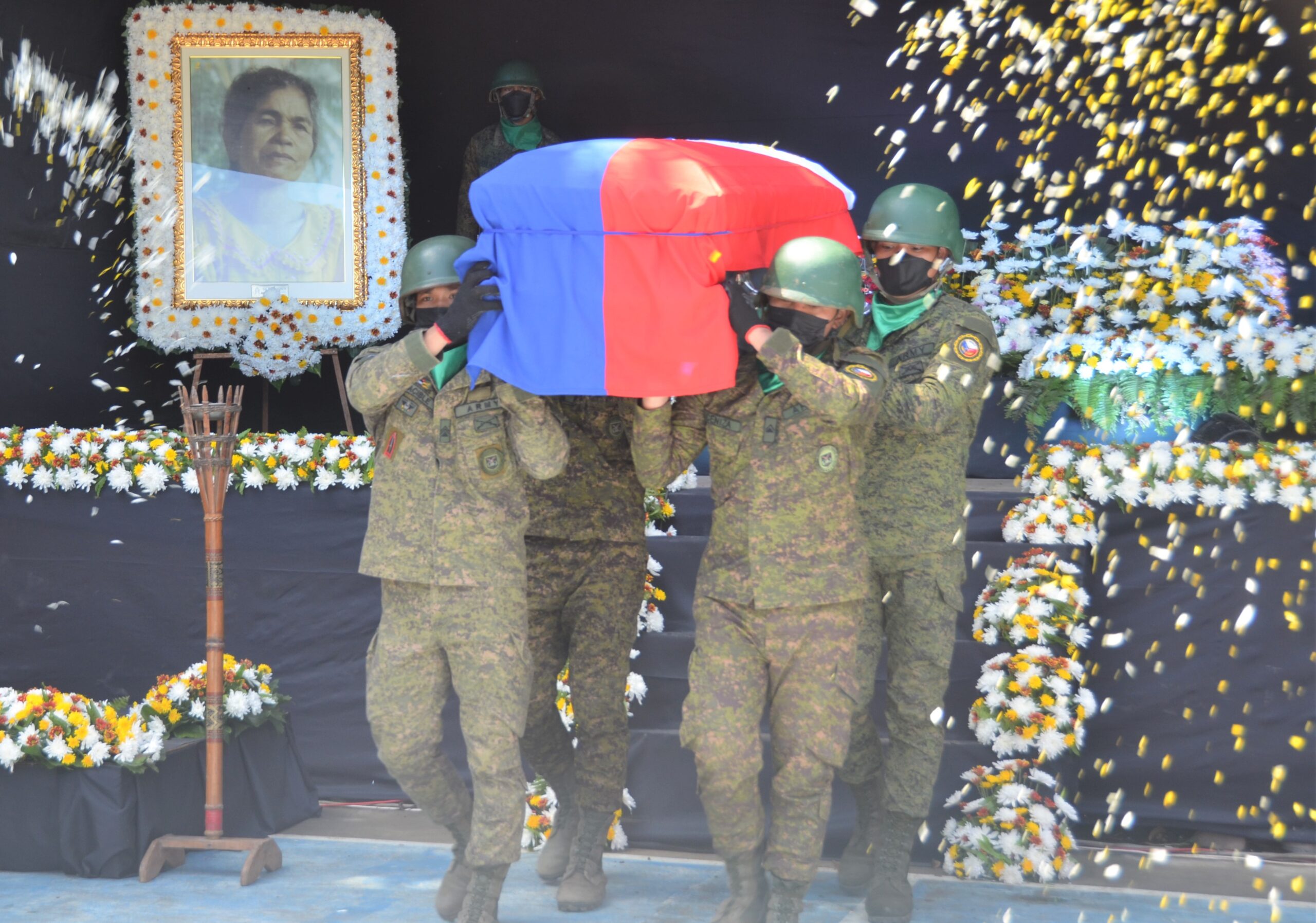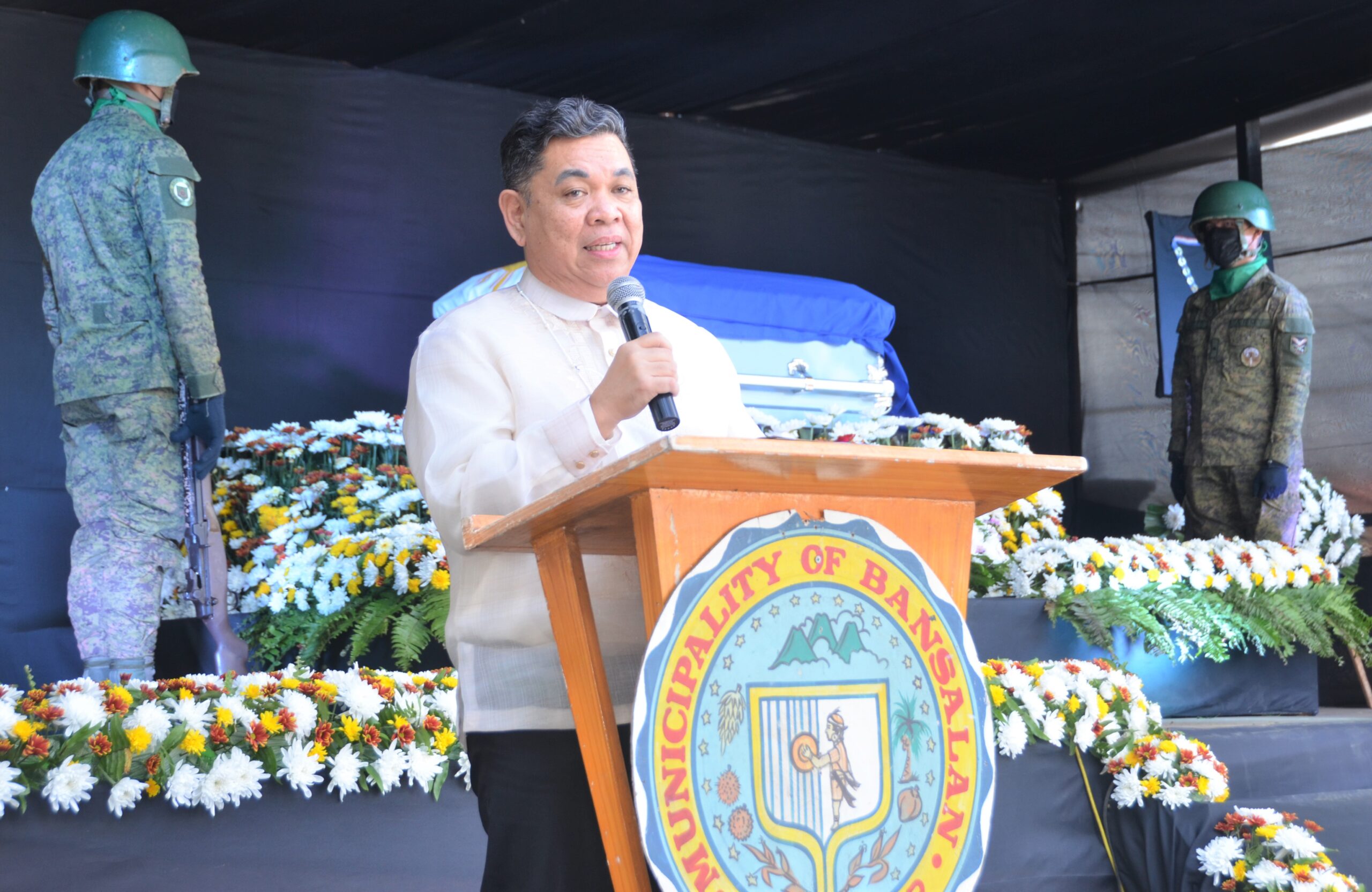Text and Photos by Henrylito D. Tacio
“This administration is grateful for the life she (Salinta Monon) has dedicated to heralding the beauty of traditional folk arts and telling the world that our indigenous practices reflect the values and principles innate to our character as a people,” said President Rodrigo R. Duterte in a speech read by National Commission for Culture and the Arts (NCCA) executive director Oscar G. Casaysay during the necrological tribute honoring Salinta Monon last Friday, May 20.
Monon, a Tagabawa Bagobo textile weaver from Upper Bitaug in Bansalan, Davao del Sur, was named Gawad Manlilikha ng Bayan in 1998 during the time of President Fidel V. Ramos. She was cited for fully demonstrating “the creative and expressive aspects of the Bagobo abaca ikat weaving called inabal at a time when such craft was threatened with extinction.”
She died peacefully on June 24, 2009, at the age of 88.
“Her passing is truly a massive loss to the entire nation, knowing that her expertise and craftsmanship can never be paralleled even by the modern advancements in the clothing industry,” Duterte said.
Bagobo abaca ikat weaving is a laborious task.
Salinta admitted that it would take her three to four months to finish a fabric that measures 3.5 meters by 42 centimeters in length. One abaca tube skirt can be finished within a month. “It takes time but the result is great,” she pointed out.


The painstaking process commences with the stripping of the abaca plant to get the fiber for textile, drying the threads, and tying each strand by hand. What follows next is the delicate task of setting the strands on the “bed-tying” bamboo frame. The bud or the tying of abaca fiber is what actually defines the design, she explained.
For Salinta, who was a mother of five children, she was just doing what her mother and grandmothers did before her.
Last year, the president declared December 12, 2020, to December 11, 2021, as the Centennial Year of Manlilikha ng Bayan Salinta Monon. She was born on December 12, 1920, in a barangay inhabited by the Bagobos.
“Take to heart that, even amidst the inevitable march of globalization and modernity, her exceptional artistry has fortified our cultural foundations and left an indelible mark on our collective culture as Filipinos,” Duterte said in his speech.
Duterte explained why Monon was different from the rest of the ikat weavers.
“Her various compositions – ranging from design motifs to patterns and colors unique to your community – have kept indigenous creativity alive for the benefit of present and succeeding generations,” Duterte said.
In his speech, Duterte encouraged the members of the Tagabawa Bagobo cultural community “to remember the art of weaving that Salinta has left behind.
“Amidst her passing,” the president pointed out, “let the masterful craft live on through your hands so it can be passed on to succeeding generations of Filipinos.”
Duterte challenged the young people to match what Salinta had done as she started developing a keen sense of weaving art at the age of 12.
“I believe you can emulate her example and enhance your capacities regardless of age,” the president said. “Always capitalize on your own strengths, confident that we can turn into better persons if we commit to our work with vigor and enthusiasm.”
Duterte said the Bagobos are among the largest groups of indigenous peoples in Davao region.
“I trust that you will continue forging unity to attain the highest level of excellence in the art of abaca ikat weaving and explore ways to enrich it despite the rarity of its nature,” he pointed out.



So far, only 16 Filipinos have been awarded the Manlilikha ng Bayan, also known as the National Living Treasure. Nine of the recipients came from Mindanao and Tawi-tawi. Monon is the only one from the Davao region.
South Cotabato and Basilan have produced two each: Lang Dulay (1998) and Yabing Masalon Duo (2016) and Uwang Ahadas (2000) and Ambalang Ausalin (2016), respectively.
The following provinces have one recipient each: Basilan (Ambalang Ausalin, 2016), Sarangani (Estelita Bantilan, 2016), and Tawi-Tawi (Haja Amina Appi, 2004).
The Manlilikha ng Bayan, the NCCA explained, “is a link between the past,” in which the person’s traditional folk art found fertile soil for growth, during which the person seeks his or her art to be permanently sustained.
“It becomes his/her responsibility therefore to transfer the skills of his/her art to the younger generation through apprenticeship and other effective training methods,” the NCCA said.
“Let us strengthen our resolve to uphold the dignity of our culture and heritage in our land, trusting that the government remains supportive of helping you sustain this endeavor,” the president said in his tribute to Monon.

